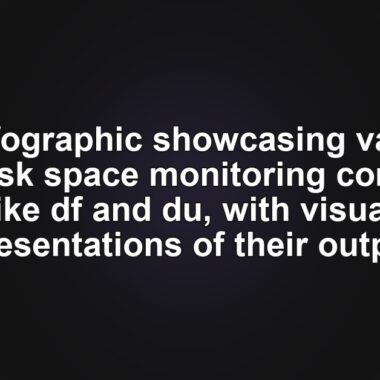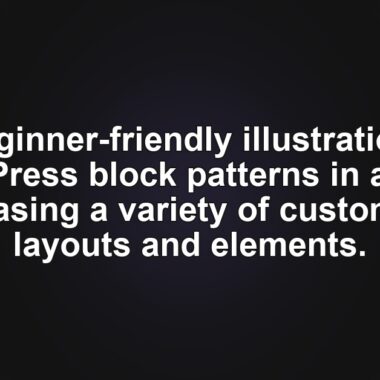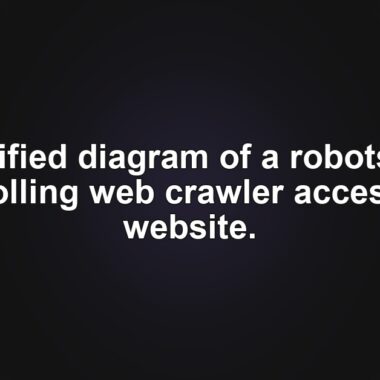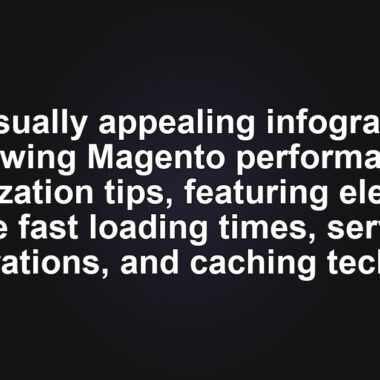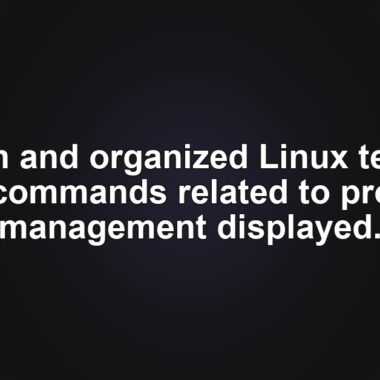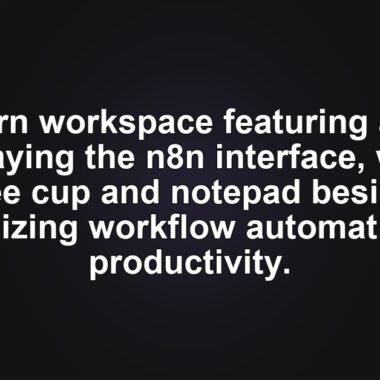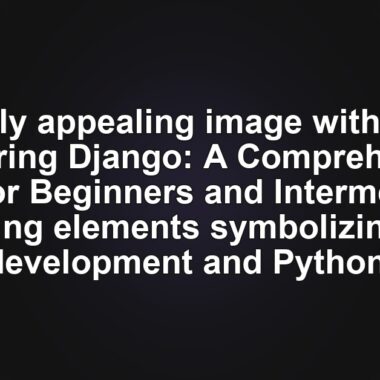Mastering Development Environments: A Beginner’s Guide
Understanding development environments is crucial for developers aiming to enhance their coding efficiency. Let’s dive into what they are and how they differ from IDEs.
What Is a Development Environment?
A development environment in software and web development is an isolated setting where developers can experiment and code without affecting the live site. It provides a safe space to test and debug applications before they go live.
Why Use a Development Environment?
A development environment is essential for several reasons. It allows developers to create and test source code without impacting end users. Changes can be deployed across different environments, ensuring everything works perfectly before going live. Here’s why using a development environment can be beneficial:
- Streamlining the workflow: It simplifies the configuration of development tools, speeding up the software development process.
- Minimizing errors: By testing in a controlled environment, developers can identify and fix bugs before deployment.
- Improving productivity: Developers can work more efficiently, performing multiple tasks simultaneously.
- Standardizing processes: A unified interface enables collaboration among developers, saving time and effort.
For freelancers and web development companies, utilizing local development environments like XAMPP or Docker can be particularly advantageous, allowing development without direct access to a client’s server.
Types of Development Environment
Development environments can be categorized based on their functions and uses:
- Development server: The core environment where code is created and tested.
- Test server: Used to identify and fix potential errors, ensuring the application functions correctly.
- Staging server: Creates a duplicate product for client demonstrations, allowing for changes before going live.
- Production server: The live environment where end users interact with the application.
What Is an Integrated Development Environment (IDE)?
An Integrated Development Environment (IDE) is a software suite that combines various development tools into a single graphical user interface. It enhances the development process by offering features such as:
- Code editor: For writing and editing source code with syntax highlighting.
- Code completion: Automatically completes code components, reducing bugs and saving time.
- Compiler: Translates code into a language the computer can process.
- Debugger: Helps locate and fix errors in the application during the testing phase.
- Build automation tools: Automates the creation and development processes.
- Programming language support: Most IDEs support multiple programming languages.
- Version control: Tracks changes and connects with source repositories.
Popular IDEs include NetBeans, Microsoft Visual Studio, and Eclipse, each offering unique features to enhance productivity.
Types of Integrated Development Environment
Choosing the right IDE depends on project requirements, including language support and ease of use. Here are the types of IDEs:
- Multilanguage: Supports various languages, beneficial for beginners improving their skills.
- Mobile development: Specifically built for mobile app development.
- Language-specific: Designed for developers working with a single programming language.
- Cloud-based: Allows real-time collaboration and remote code access.
- HTML: Focused on web development using HTML.
Before we conclude, if you’re looking for a reliable hosting service that supports seamless development, consider exploring Hostinger for your web hosting needs.
Conclusion
Using a development environment is essential for building and testing applications efficiently. It streamlines the development process, ensuring a smooth transition from development to production. We hope this guide has clarified the differences between development environments and IDEs. Feel free to leave your questions in the comments below.
Starter-Pack HTML Section
This is a sample starter-pack HTML section to be used as a placeholder for additional content or tools you might want to introduce to your readers.
👉 Start your website with Hostinger – get fast, secure hosting here 👈
🔗 Read more from MinimaDesk:
- How to Disable xmlrpc.php in WordPress: A Step-by-Step Guide
- Mastering the WP-Content Directory in WordPress
- The Ultimate Guide to WP-Content: Access, Upload, and Hide Your WordPress Directory
- How Many WordPress Plugins Are Too Many? Optimize Your Site for Success
🎁 Download free premium WordPress tools from our Starter Tools page.
